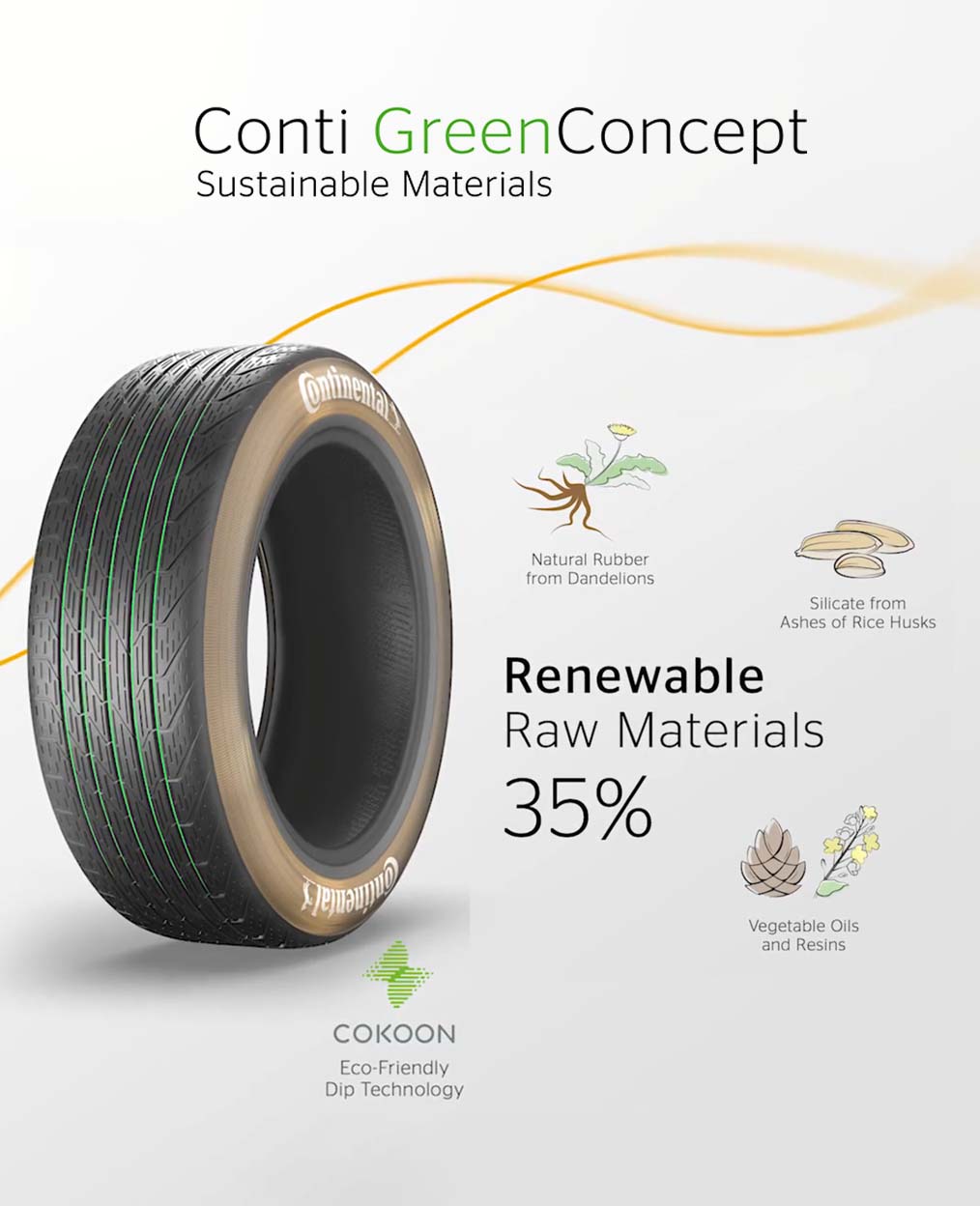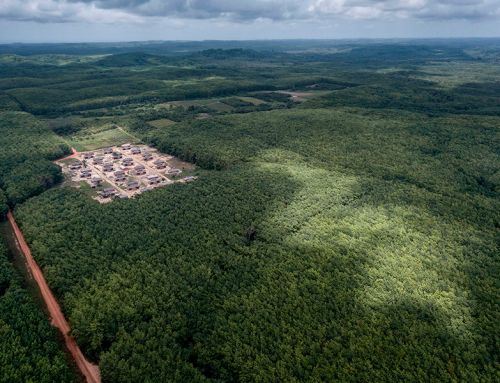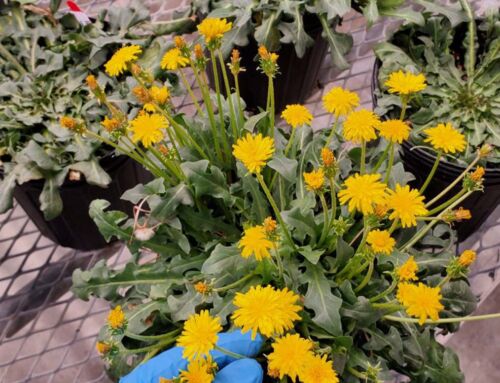By 39North
November 10,2022
Perhaps the busiest yet most underrated feature supporting your daily commute is your car’s tires … an item that tire makers want to reinforce is not just a commodity or a consumable.
Continental has recently revealed a new concept tire that has a number of things going for it: not only is it made to last longer, it’s created using more sustainable materials in the first place.
If the thought of driving around on dandelion tires makes you feel like a tree hugger, it gets better: the new tires aren’t just made of sustainable materials, they should well outlast the tires that are on the market today.
Unveiled at the IAA Munich Motor Show, the Conti GreenConcept tire is reportedly created using 35% renewable and 17% recycled materials. Instead of using environmentally damaging silicates in their formula, the Conti GreenConcept will use silicates derived from the ashes of rice husks. In place of traditional rubbers, the tire uses a natural one made from the roots of dandelions. Each tire’s sidewalls even feature polyester strands found in recyclable plastic — 15 bottle’s worth to be exact.
If the thought of driving around on dandelion tires makes you feel like a tree hugger, it gets better: the new tires aren’t just made of sustainable materials, they should well outlast the tires that are on the market today.
Continental says that’s because its concept is equipped with a “special capability” that allows for it to be “retreaded multiple times, with a minimal investment in terms of both time and materials.” As the company recently laid out in a press release, “If a tread is renewed three times, for example, this halves the amount of material used for a casing as seen in terms of its total mileage.”
And just to prove that eco-friendly and smart tires don’t have to be mutually exclusive, Continental has also promoted the GreenConcept’s intelligent capabilities. They say a top-of-the-line sensor inside the tire “makes predictive driving possible by means of continuous monitoring of temperature, pressure, and tread depth. This gives drivers added input so they can make well-informed choices, thus promoting resource-friendly driving.”






